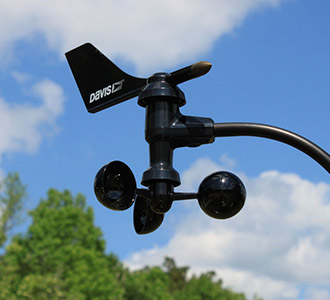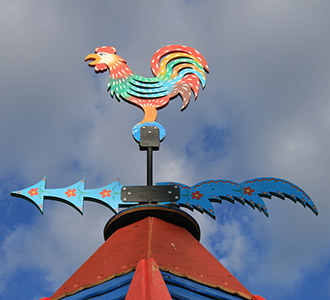Measuring the Wind
Wind Vanes are also referred to as weather vanes. Early Americans used wind vanes to forecast weather in particular the changes in wind direction. If the wind followed the sun’s movements blowing from east to west the settlers predicted clearing skies. If however winds were blowing west to east, storms and clouds were predicted.

Source: Garik Dual/Bigstock.com


Source: olegkozyrev/Bigstock.com
- The fastest winds on earth occur inside Tornadoes and can reach up to 250 miles per hour.
- Wind Power is clean and Renewable. It is currently the fastest-growing source of electricity production in the world!
- Energy from the wind can be captured to create Electricity using wind turbines whereas wind mills harness the wind to produce Mechanical Energy.
- Wind Direction is actually the direction from where the wind is coming not where it is heading. So a wind heading in a Northerly direction actually has a “wind direction” of South! We use a Wind Vane to tell us the wind direction.
- Although we tend to think about Air as being weightless it does indeed have both Mass and Weight! If you have ever felt your ears pop in an airplane or at high altitudes you are experiencing this first hand. As you go up, the air pressure outside your ears becomes lower than the air pressure inside your body! Your ears pop to equalize that gap.
- Changes in air pressure will bring changes in the weather and make winds blow. Air will usually move from areas of high pressure to areas of low pressure and in-so-doing produce winds. You can remember this more easily with the phrase: “Winds blow from high to low!”